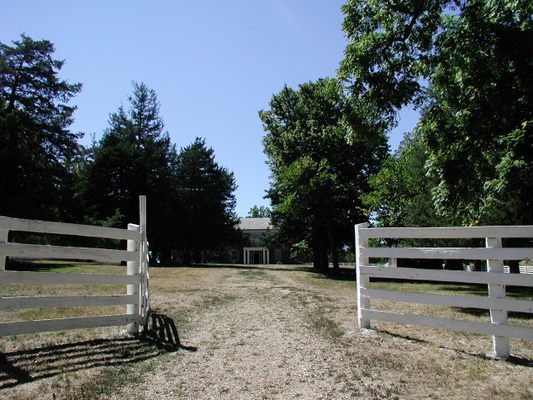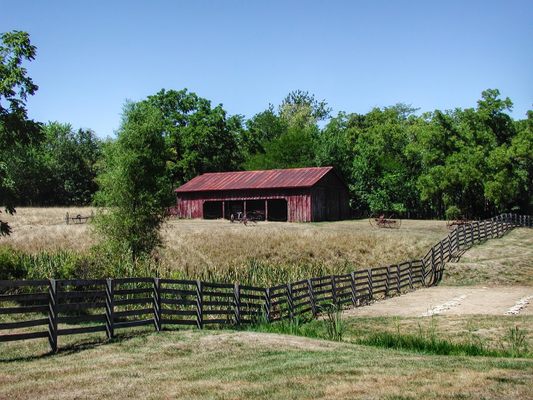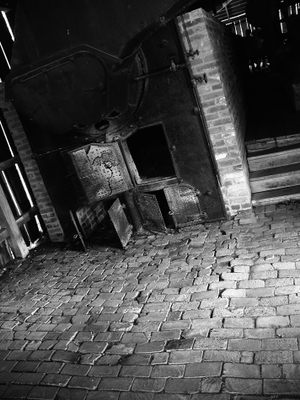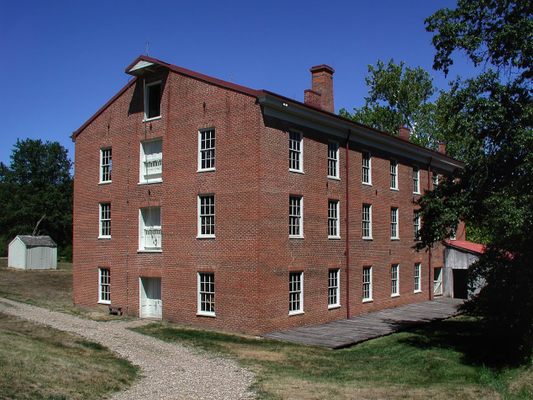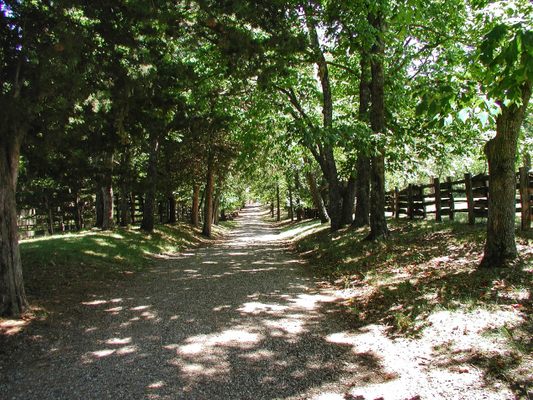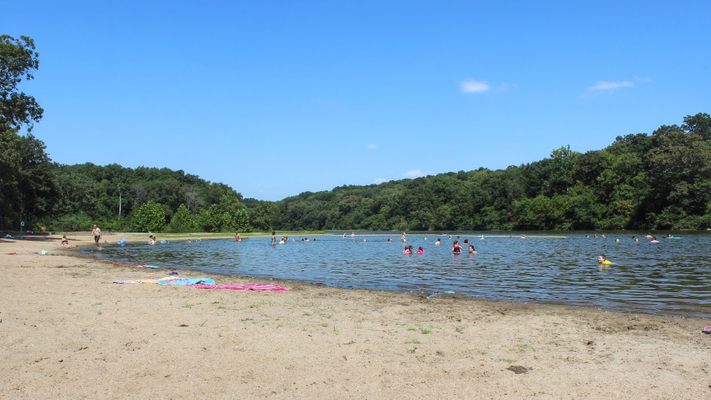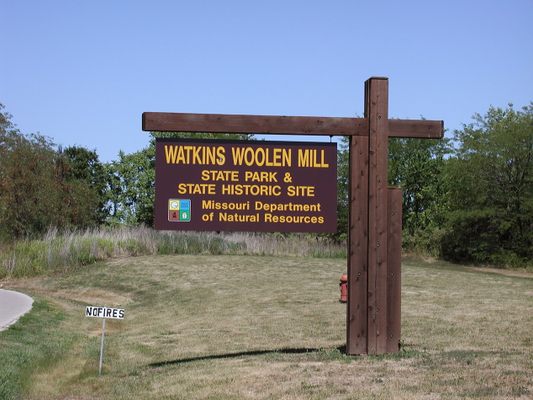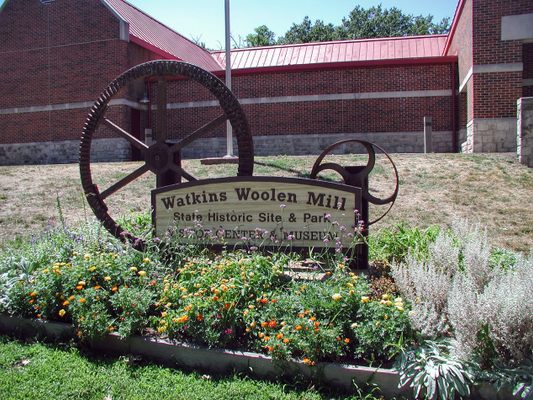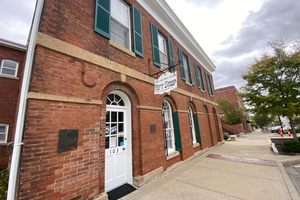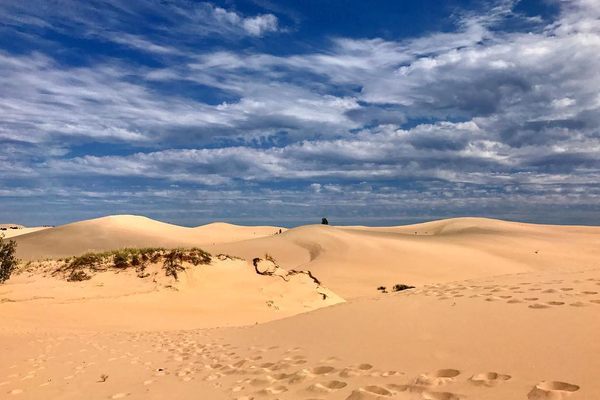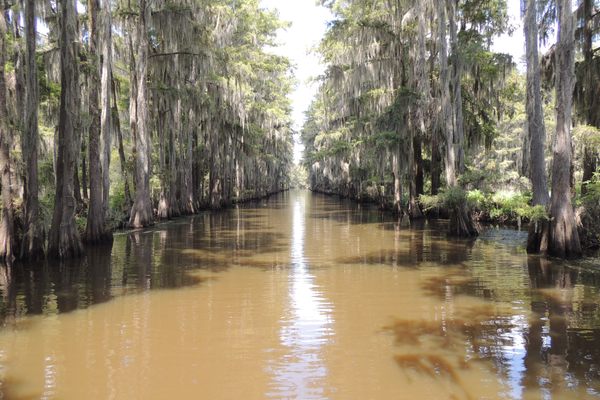About
Watkins Woolen Mill is empty, but by no means abandoned. The former plantation is part of "living history" at this Missouri state park.
Built by Waltus L. Watkins in 1859, and originally known as the Bethany Plantation, it was one of the first planned communities in North America. On the original 1,200-acre site, Watkins built housing for the mill workers he employed. A self-sufficient community, it produced yarn and wool cloth for national distribution. Additionally, the farm raised cattle, horses, mules, pigs, poultry, various crops, and hosted extensive orchards. There was a church and a schoolhouse on the premises to serve the community as well. When its founder died in 1884, production at the mill declined until the turn of the next century.
The original 1850 home of the family stands on the site, along with the Franklin School, the mill and other utilitarian buildings, complete with much of its antique machinery. The property became a Missouri State Park in 1964 and two years later, a National Historic Landmark, and was then named a National Mechanical Engineering Historic Landmark in 1980.
Watkins Woolen Mill State Park & State Historic Site provides a perfect day trip out of Kansas City. A paved bicycle path, camp grounds and picnic areas encircle the 100-acre lake, which is just the right size for a small fishing boat. Exploration of the buildings is a decent hike, and swimming and boating are allowed. There are numerous public programs that seek to keep history alive with yarn-making, blacksmithing, and wood stove cooking workshops, just to name a few.
Related Tags
Know Before You Go
In drought years, the lake is sometimes unusable due water quality factors. There is one boat ramp, and a fishing dock area near the dam. If one was adventurous enough, they could put in at the creek that feeds the lake.
Community Contributors
Added By
Published
December 15, 2016
